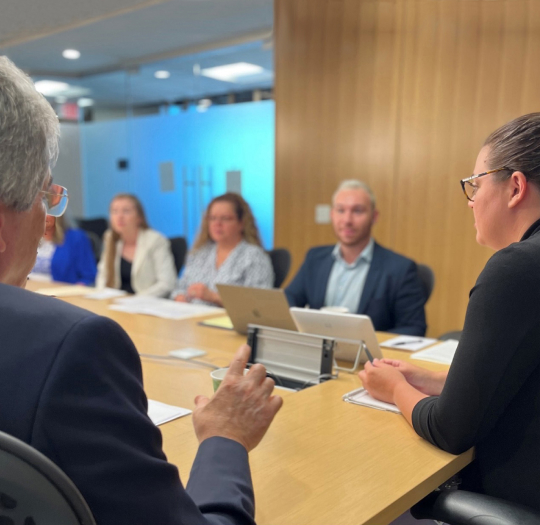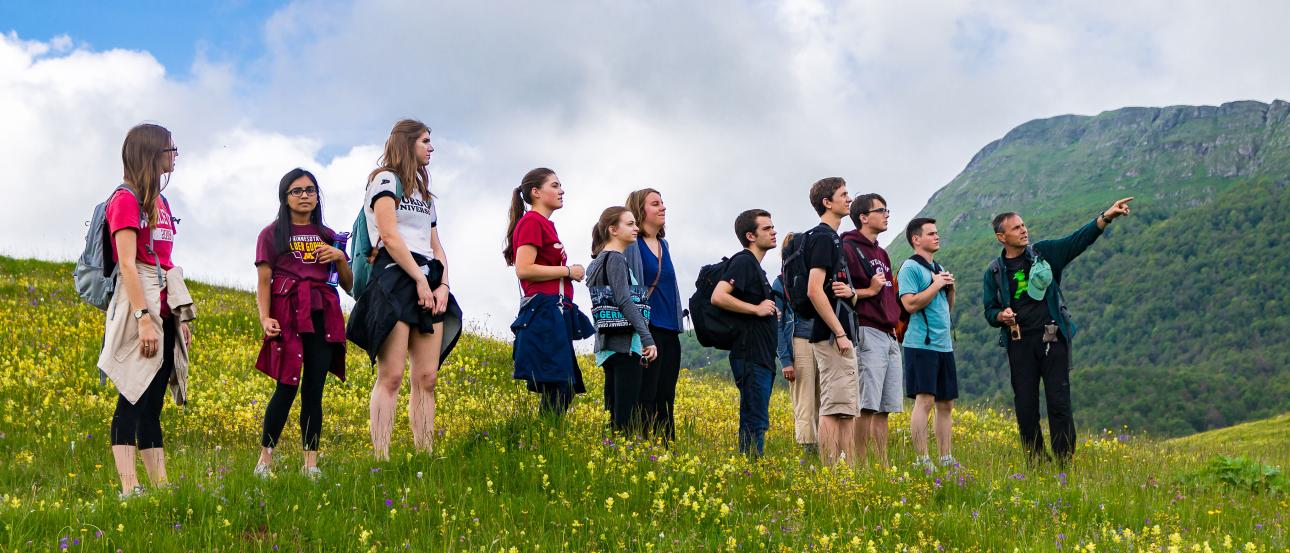Share Via
Download PDFIn a quality educational environment, technology is a part of the learning experience, not the entirety of that experience. At the Lycée Français de San Francisco, we aim to provide students and staff with all the necessary resources — including technology — to create a top-notch learning experience.
Founded in 1967, the Lycée is a leading independent international school serving students from preschool through Grade 12 across three campuses in San Francisco and Marin.
As the Bay Area’s premier French-American school, the Lycée offers two exceptional academic tracks: one grounded in the rigorous French national curriculum; the other powered by the International Baccalaureate (IB) for students joining in Middle or High School — no French required.
Rooted in the values of curiosity, empathy, respect, and excellence, students grow up multilingual, intellectually agile, and globally minded. They graduate with dual diplomas, well-prepared for top universities worldwide.
I’m the innovation and technologies director at the Lycée, spearheading the IT team’s efforts to make the Lycée’s technology so seamless that students and faculty barely notice it, let alone worry about it. While we wanted our technology to disappear behind the scenes, my four-person IT team had to manage a problematic network that was all too visible.
Student learning suffered due to slow network speeds
The Lycée relied on a network that was consistently slow and high-maintenance. Even though it was a managed network, it required constant manual configurations and fine-tuning to keep everything working and up to date. The time spent mitigating issues was equivalent to a full-time job, especially when multiplied across three campuses. Several times each month, we had to escalate issues, and technical support was hard to reach.
Our campuses’ historic buildings further complicate these connectivity issues. They’re beautiful structures, but some concrete walls are nearly a foot thick, so we needed more access points than usual. In addition to placing an access point in every classroom, we needed them in adjacent areas, like hallways. Every extra piece of equipment increased the cost, forcing us to think about maximizing each access point and switch’s utility instead of maximizing performance.
Most importantly, our students’ learning suffered. Slow-running apps and poor connections caused difficult classroom situations, especially in media-heavy courses. We sought a solution to propel our in-classroom activities forward, not hold them back.
A fresh approach to campus networking
Our school needed a fast network solution that:
- eliminated bottlenecks
- met a high security standard
- was easier to configure and maintain within a plug-and-play cloud environment
- offered greater control
We looked at various vendors, but Nile Access Service had the answer.
In the traditional network model, increasing the number of access points increases the cost. Nile embraces a completely different approach when calculating a school’s equipment needs and costs. With Nile, we pay for the area covered, not the equipment required to cover it. Paying based on square footage made financial and operational sense for the Lycée, given our school’s many small classrooms and network-challenging structures. After speaking with the Nile team, we knew they were eager to help us achieve our goals.
“Nile embraces a completely different approach when calculating a school’s equipment needs and costs. With Nile, we pay for the area covered, not the equipment required to cover it.”
Deployment began by swapping our networking equipment. We started with one campus on a Friday night, changing all the switches and plugging everything back in, after which the Nile team configured the new equipment. We verified the configuration and authorized the new equipment. Within four hours, that campus was ready to go. The next two weekends, we continued deployment at our other two campuses.
In three weeks, we replaced and configured 20 switches and more than 150 access points. Apart from some adjustments over the following month, everything was pretty straightforward. Even better, it worked.
Zero tickets, zero-trust security, zero added cost
Campus Zero Trust, Nile’s built-in zero-trust security model, was a big draw when I first heard about Nile. Campus Zero Trust secures the environment by isolating every user and device by design. We have to explicitly authorize any new device from the Nile dashboard before it can access the network. This feature also simplifies the process for my IT team since we can automatically configure the correct security parameters for a particular type of device. That’s revolutionary and saves us a lot of time.
Before adopting Nile, our connectivity and speed issues resulted in several support tickets each month. Since we implemented the Nile Access Service, the network has required virtually no troubleshooting.
Looking at the big picture, Nile’s connectivity-focused approach means we don’t have to weigh network performance against the cost of adding more equipment. My previous questions (“Should I buy another switch? Which access points are most important?”) are now irrelevant. My team knows we have campus-wide connectivity with a predictable monthly fee and additional support from a great partner. The knowledgeable and responsive support from Nile’s technical and sales teams put us at ease from day one, and continues to help us deliver the effortless connectivity everyone expects.
“With Nile, we gained a dependable network and operational simplicity.”
A renewed focus on our students
Our IT team has more items on our to-do list than we can accomplish. With Nile, we gained a dependable network and operational simplicity, so I can now dedicate more time to our strategic priorities.
“Switching to Nile allowed my school to focus less on the technology and more on the people using it.”
We look forward to advancing key initiatives such as AI and digital literacy education, fostering critical thinking and responsible digital citizenship, and encouraging student engagement through hands-on experiences with robotics and 3D printing.
Switching to Nile allowed my school to focus less on the technology and more on the people using it.





